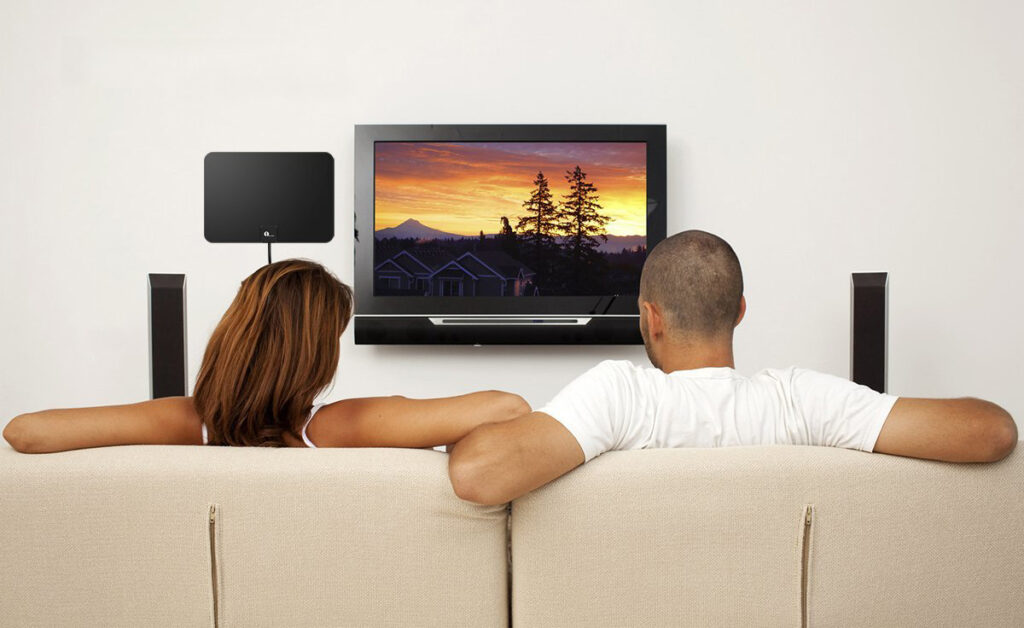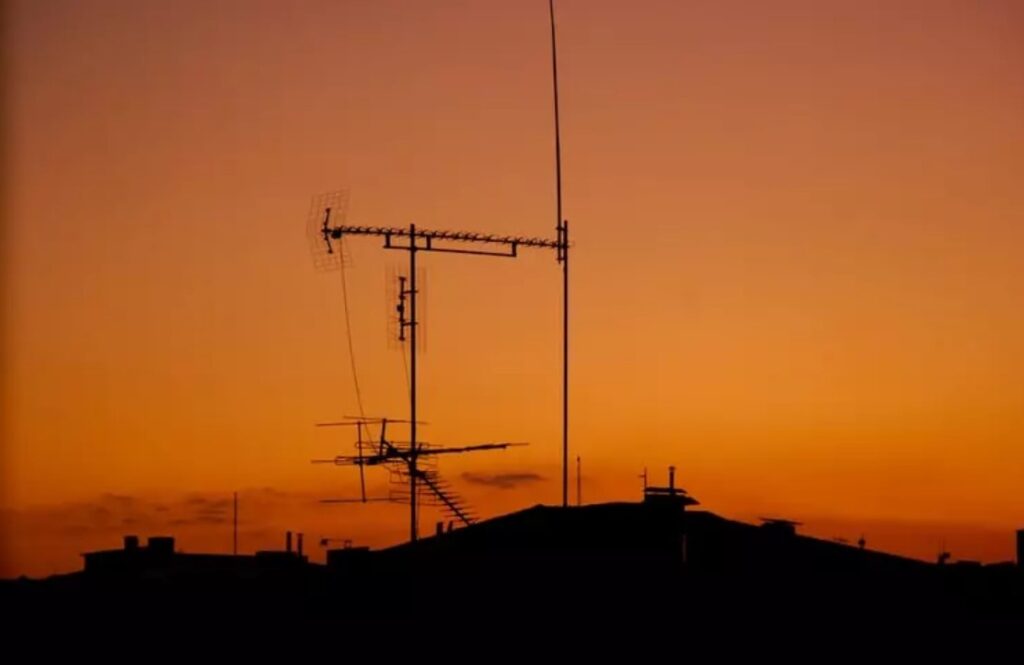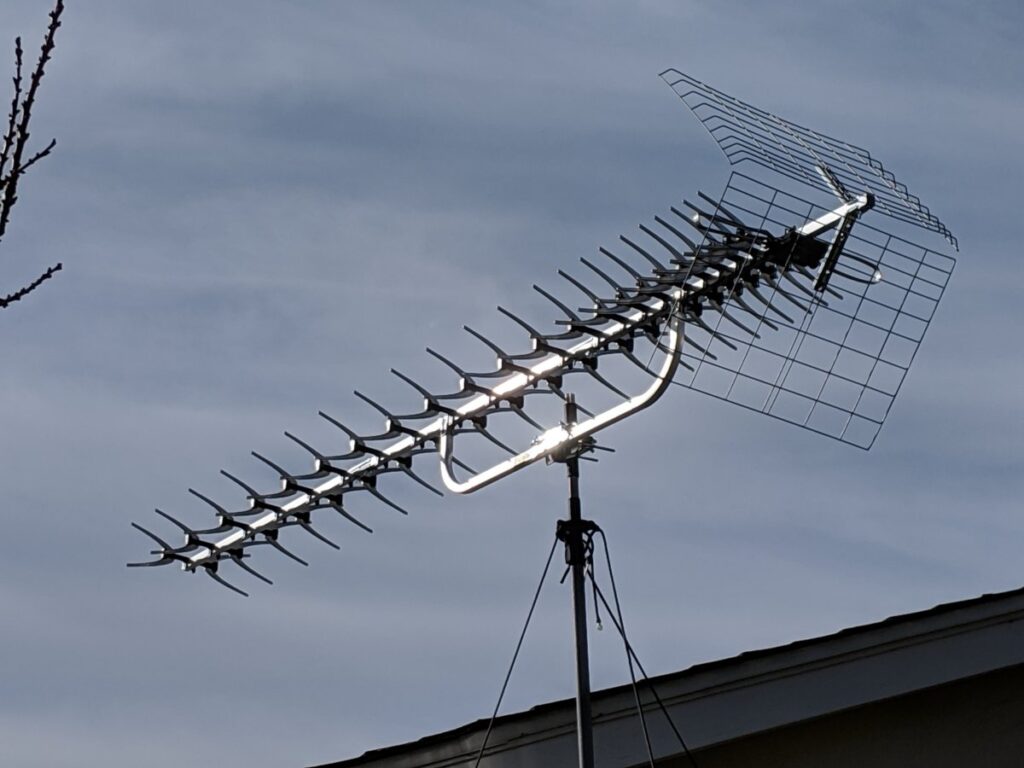You bought a TV and an indoor antenna or satellite dish – but you can’t watch any channel. You tried the same on another TV device, but you don’t have any signal there either. Is it possible that the antenna is not working? You may just not know the right tips for troubleshooting your TV antenna. Therefore, read this text.
Help! Antenna Not Working
You bought a new antenna and just thought you would finally be able to enjoy your favorite TV shows – but to your unpleasant surprise, the exact opposite happened. There is no TV program or signal! Now you are already in a panic because you think that something terrible has happened – and that you will not be able to fix the fault. Don’t be desperate because it may be a very simple problem that can be easily fixed. What is always the first step in a situation like this is to detect the problem based on its symptoms. We’ll provide you with some tips that might be helpful to you.
You Need To Know The Possible Causes Of The Malfunction

Lack of signal or poor reception does not necessarily mean that you have some malfunction on your antenna. Namely, the causes of TV signal disruption can be different. Maybe it’s just a brief interruption of the signal due to the stormy wind – and yet, maybe the image disappeared for completely different reasons. When we talk about interruption or lack of signal and fault detection – we must also keep in mind the model of the antenna. Therefore, if you don’t know how to do it yourself, you can always seek the help of professionals. According to tayloraerials, depending on whether you have installed an indoor or outdoor digital antenna, or a satellite dish – the reasons for signal interruption may be different.
What Can You Do?
Fortunately, there are some things you can do to solve the TV antenna problem (if you have one). Here are some useful tips.
1. Adjust The Height Of Your Antenna

When you want to achieve a good TV signal, you must adjust the aerial in a good visibility position – which means in the path where signal waves are traveling to the TV transmission tower. So, the aerial has to be pointed towards the tower, while attempting to avoid all obstacles such as buildings, trees, etc. Why is this important? When some of these obstacles are in the way – the broadcast signals bounce off these obstacles, and they interfere with your TV signal reception. When you overcome these obstacles – you will most likely solve the problem.
2. Find A Better Position For The Aerial

Just like when you want to avoid obstacles and adjust the height of the antenna – better targeting is the purpose of changing the position of the aerial. The positions don’t need to be drastically changed because sometimes only small changes can affect a better picture and make significant differences. The reason for this should be sought in the fact that even minimal deviations in the signal caused by some obstacles, can make a big difference in image quality – and even loss or amplification of the signal. If this tactic doesn’t work for you, try to find a whole new place to locate your antenna.
3. Look If The Tuner Is The Problem

Whether you’re using an external tuner like a set-top box or your TV has a built-in tuner – the fact is that this can often get you confused. You might think it’s an antenna malfunction, and the problem is far simpler and only requires resetting the digital tuner. Try clearing the cache on your tuner to reset and refresh it – and if you don’t know how to do it yourself, contact your service provider.
4. Call Professionals For Help

If you have already tried multiple tactics and none give you the results you want – you might need to call in professionals for help. We hope that you have carefully chosen the installation company when installing the aerial system. This is very important because trusted companies always give a guarantee on both the antenna systems – and the installation service they provide you. Therefore, if you find yourself in a situation where you have a problem with the antenna – you can be sure that the teams of installers will fix this malfunction or problem quickly and correctly. Also, when relocating, for example, satellite dishes – it is always recommended to call professionals.
5. Watch Out For Typical Causes Of Antenna Malfunctions

It often happens that external factors affect signal interference. These are most often factors from the immediate environment that can affect poor reception or the absence of any signal. It can be trees or the immediate vicinity of tall buildings, hills, or something similar. Also, the climatic conditions themselves can sometimes disrupt the signal – especially when it comes to satellite reception. Even with outdoor digital antennas, weather conditions such as high atmospheric pressure can often affect image quality or signal reception – as they can significantly attenuate radio waves or create various fluctuations in wave emission. Finally, some other factors, such as electrical interference that can occur due to flickering street lights, for example – and that can also affect the reception of signals you receive.
You also need to keep this in mind as many sources in your home can interfere with a good TV antenna signal. Mobile phones, proximity to computers, poorly insulated cables, amplifiers, or even lighting can very often be the cause of this problem. Therefore, you must focus on diagnosing the problem correctly from the start.
The Bottom Line
While you may think that problems like this don’t happen often, they are actually far more common than you think. However, most often these are minimal errors such as inadequately selected antenna position – or obstacles that can weaken your TV signal. Therefore, we hope that some of our tips will be useful if you have this problem with the antenna. Fortunately, all this can be solved quickly and easily – and you will soon be able to enjoy your favorite TV channels again.

